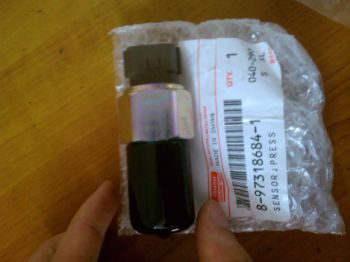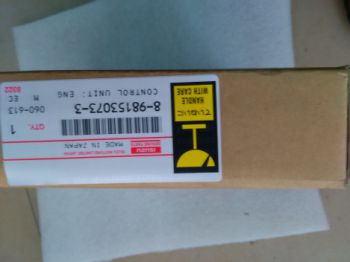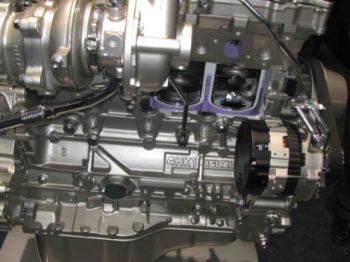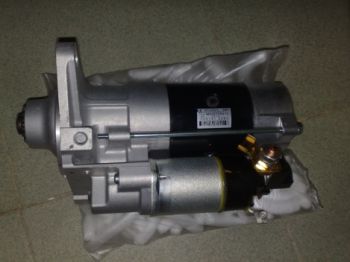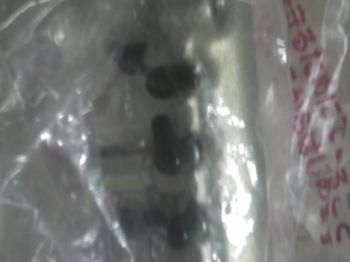m5x130三一215回转马达总成
发布时间:2024-06-21 17:50:08 作者:admin 阅读量:489
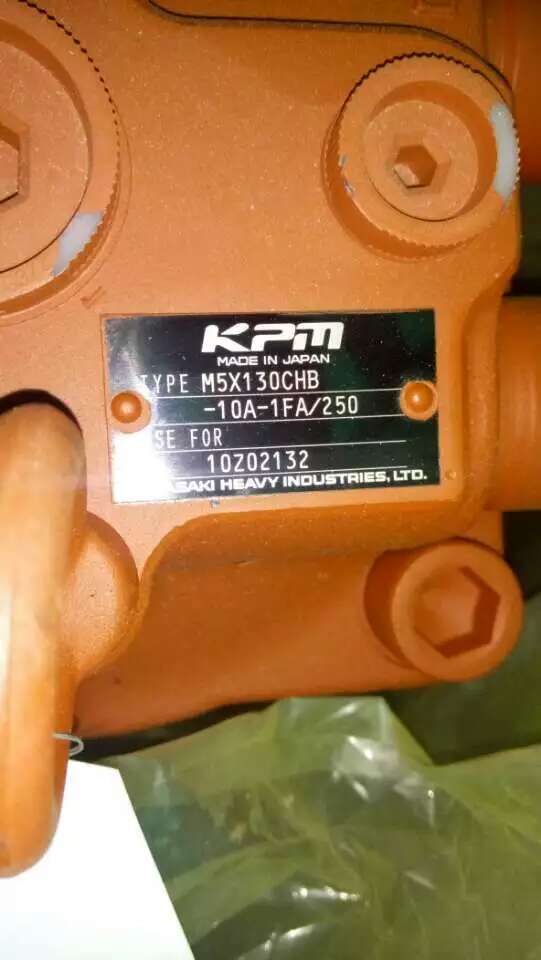 Guangzhou Xincheng Machinery Equipment Co., Ltd. is an import-export trade based enterprises, the company since its establishment, has been to the quality of service for the purpose
Guangzhou Xincheng Machinery Equipment Co., Ltd. is an import-export trade based enterprises, the company since its establishment, has been to the quality of service for the purpose
For high quality and stable construction machinery parts, products are exported to Africa, Europe, Southeast Asia and other countries, by the vast number of customers at home and abroad
Best regards.We specialize in supplying the following parts:1. Hitachi Kobelco Sumitomo excavator parts.2. Isuzu Hino Cummins and other engine series components.3. Imported hydraulic pump, rotary motor, gear box, distributor, etc.4. Original disassembly parts, and then manufacture hydraulic pumps.5. Factory direct solenoid valve, sensor, relief valve, throttle motor motor, etc.6. Factory direct engineering mechanical supercharger, oil pump nozzle.7. Factory direct sales of excavators and pump trucks and other construction machinery radiators (water tank radiator, hydraulic oil radiator, intercooler)8. Excavator large and small arm cylinder, oil seal repair kit.Contact us for more parts.Tel: +8613503002418 +8618023481766Wechat: cnisuzuWhatSapp:+86 13503002418web:http://www.iisuzu.com.Guangzhou Xincheng Machinery Equipment Co., Ltd. is an import-export trade based enterprises, the company since its establishment, has been to the quality of service for the purpose
For high quality and stable construction machinery parts, products are exported to Africa, Europe, Southeast Asia and other countries, by the vast number of customers at home and abroad
Best regards.We specialize in supplying the following parts:1. Hitachi Kobelco Sumitomo excavator parts.2. Isuzu Hino Cummins and other engine series components.3. Imported hydraulic pump, rotary motor, gear box, distributor, etc.4. Original disassembly parts, and then manufacture hydraulic pumps.5. Factory direct solenoid valve, sensor, relief valve, throttle motor motor, etc.6. Factory direct engineering mechanical supercharger, oil pump nozzle.7. Factory direct sales of excavators and pump trucks and other construction machinery radiators (water tank radiator, hydraulic oil radiator, intercooler)8. Excavator large and small arm cylinder, oil seal repair kit.Contact us for more parts.Tel: +8613503002418 +8618023481766Wechat: cnisuzuWhatSapp:+86 13503002418web:http://www.iisuzu.com.
上一篇:E320C(铝)液压油散热器
下一篇:k3v180dt液压泵
